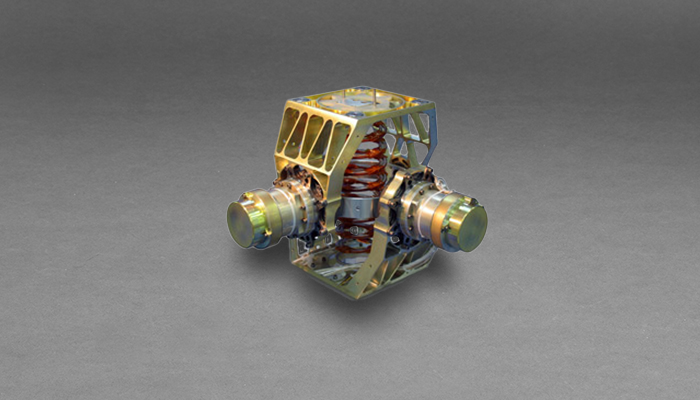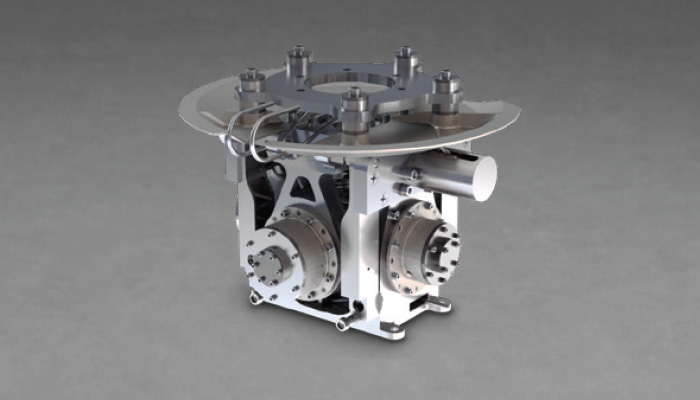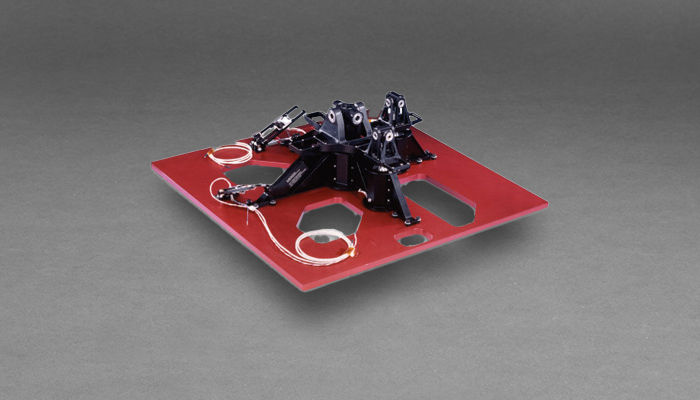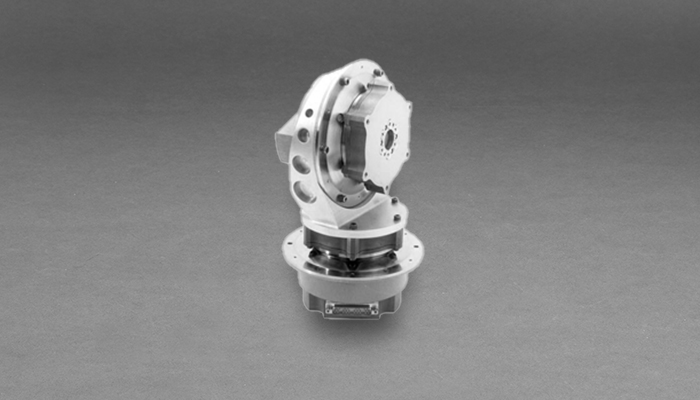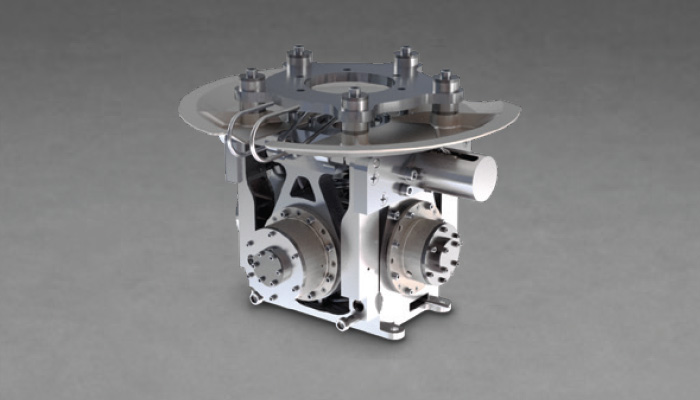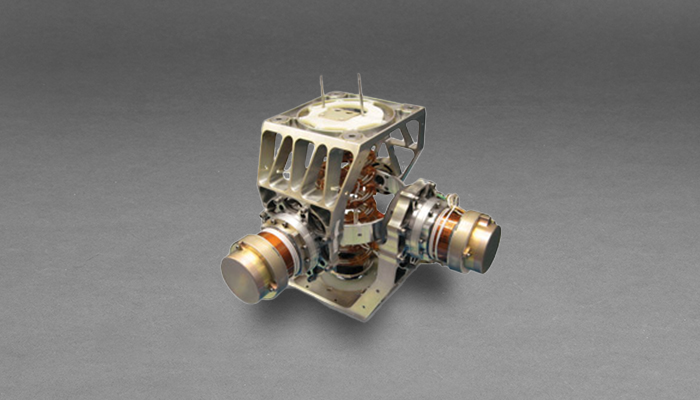Moog biaxial gimbals are well suited for performing spaceflight tracking, scanning, and positioning functions. Applications include solar array drives, antenna positioners, and optical telescope and instrument drives. The biaxial gimbal supports and positions majority of larger payloads and can be configured for limited rotation with the inclusion of range-defining hard stops on actuator outputs or for continuous rotation on one or both axes with the integration of a slip ring assembly.
CONTACT OUR EXPERTS>

